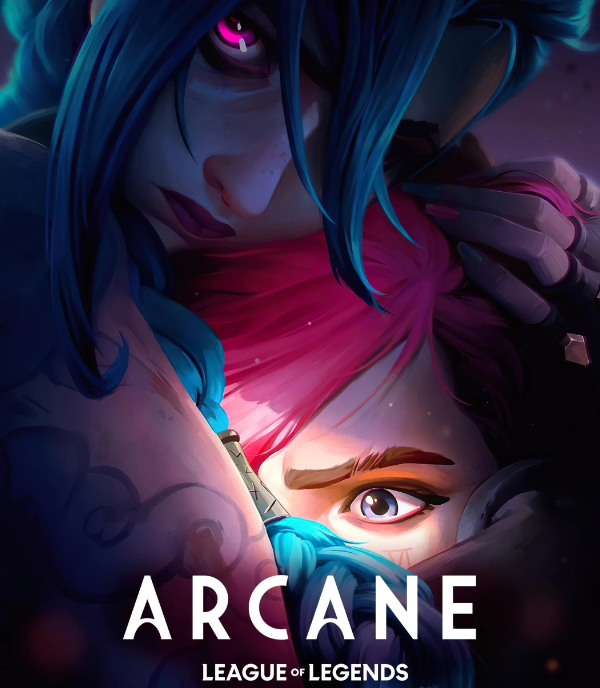The Sarah Moody Gallery in Garland Hall is showing a selection of work by Fred Stonehouse, an artist whose artwork has been shown in New York, Chicago, Los Angeles and Rome, Italy, and in “Juxtapose” and “Art in America” magazines. The artist now teaches at the University of Wisconsin in Madison.
Stonehouse spoke to Alabama students and teachers at a lecture last week about his artwork, which he has been making for more than sixty years. He has had 160 solo exhibitions.
“When they said that the other night, I was surprised, and then I realized that I’m old,” Stonehouse said in the lecture.
But the artist’s arms are decorated in tattoos, and he speaks with energy.
Fred Stonehouse created his first piece of art in his aunt’s encyclopedia. In the encyclopedia, he saw a picture of Saturn that was so beautiful he had an impulse to color on it to “possess the image.”
This is how Stonehouse thinks of art-making – a need to possess images. Even when he tries to emulate the work of another artist, the piece becomes something else because his style unconsciously comes out.
“My work is peculiar, odd,” Stonehouse said, “but you can’t say it’s not distinctively me. It is my language.”
But Stonehouse compares his work to any other art form.
“Everything has been done before; it’s impossible to be completely original. We are all having the same conversation, but in a different voice,” Stonehouse said.
History, personal and social, are important to Stonehouse, as he creates art in his own voice. He strives to “race by in panic to get to the image. Re-think things we left behind, idioms, and bring our own experience.”
Stonehouse first realized his passion to possess images at a supermarket, some small-town 1960s equivalent to Walmart or Publix, where he was walking around with his mother. He found a plastic dinosaur that he instantly desired. His mom would not buy it, and seeing as he had no money, Stonehouse put the dinosaur in his mouth and carried it out with him.
Certain images became themes in Stonehouse’s paintings, such as the skull. Stonehouse fixated for a while on the skull because it is a cliché image in art and attracts him because he wants to see if he can bring new life to a “misunderstood, overused” image.
He grew up around a lot of skulls tattooed on the motorcyclist figures of his childhood. The skull also appeared to him in Mexico, on people wearing skull dance masks. Many of the characters in his paintings have masks, double rows of eyes, big teary eyes or bat wings.
Such a character in the Sarah Moody gallery is the subject of one painting called “Last One In,” which depicts a person with wings and an angry face who holds two heavy fruits. He sits naked like a baby in the seat of a jungle tree.
The selection of paintings in the Sarah Moody Gallery has a dream-like mood, said Stonehouse, who is interested in the subconscious dream state, where images come into your head rather mysteriously.
“Dreams are free to do anything…there is no limit of physics. I hope [the paintings] can be open-ended,” Stonehouse said.
Dreams also use recognizable symbols, and symbols that have a humorous and dark meaning appear in Stonehouse’s work. A painting called “Dream of the Cross (Veracruz)” features a nightmare bat with a human face and torso, flying through a landscape bearing pointed teeth.
Stonehouse told the lecture audience that this bat made a young kid cry the minute he saw it.
“I was amused that I still have the ability to bully kids,” Stonehouse said.
Although the painting has a scary subject matter, Stonehouse paints for a humorous idea and ideas of myth.
People have asked Stonehouse if he worships the devil, because a theme in some of his paintings is the image of a horned head. The artist references pop culture all the time. For example, “HotStuff,” the devil in a diaper, was part of his inspiration for the devil character.
Mythical monsters in the cultures of Mexico, Germany and Italy, as well as traditional dancing masks and spirit-heads, have inspired Stonehouse when he travels, because they can relate to people’s association with dreams and childhood. Stonehouse incorporates words from these languages in his work.
He is currently painting a series of bearded men to ask the question, “What does it mean to be a bearded man?” Stonehouse said the curator of the gallery in America where he turned in a series of bearded men was not happy with them because people would be reminded of the Taliban.
The show in Sarah Moody is open on weekdays until 4 p.m. The exhibit will remain up through Monday, Nov. 21.








